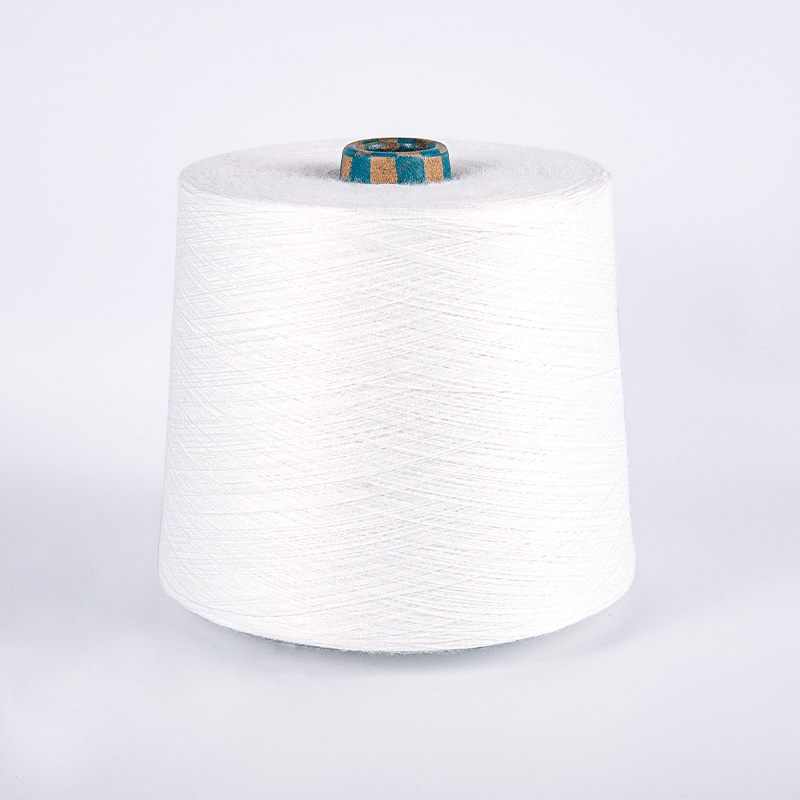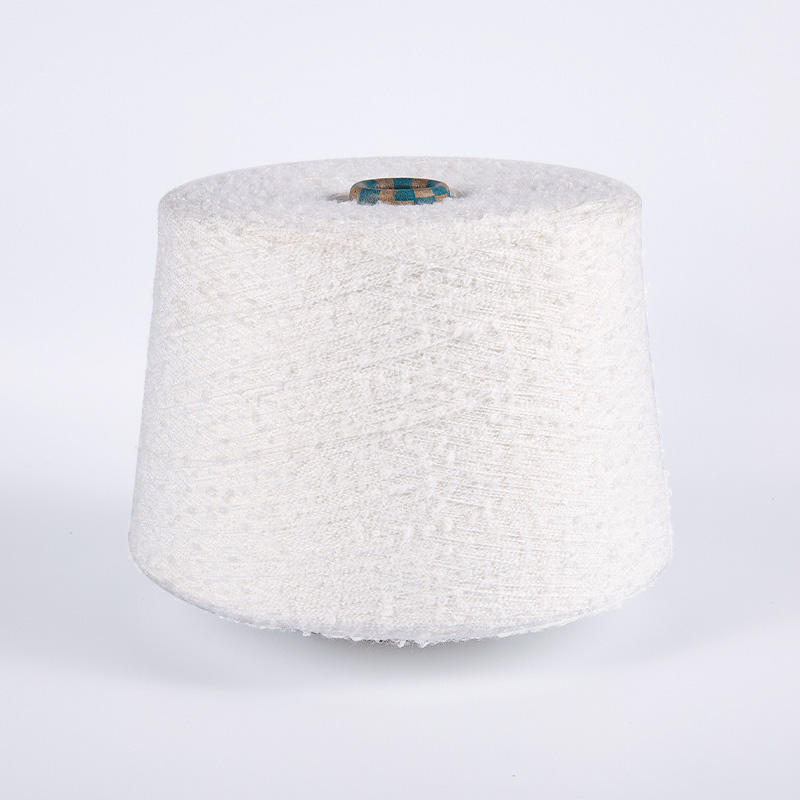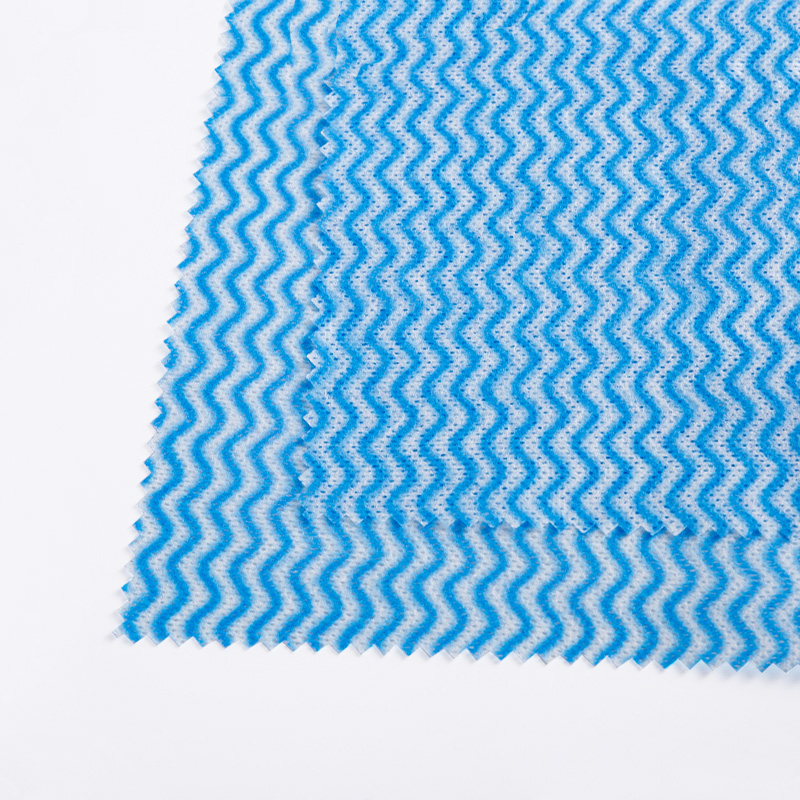
High-Performance Spunlace Nonwoven Fabric: Soft, Environmentally Friendly, and Multifunctional – At the Forefront of the Industry
Posted by Admin | 01 Nov
With the continuous development of the nonwoven fabric industry, spunlace nonwoven fabric, thanks to its unique production process and superior performance, has gradually become an indispensable material in modern textile industry and daily life. From industrial applications to everyday consumer goods, the application range of spunlace nonwoven fabric is rapidly expanding, and its professional performance and environmental characteristics are receiving increasing attention from the industry.
Basic Concepts and Production Process of Spunlace Nonwoven Fabric
Spunlace nonwoven fabric is produced by jetting fibers with high-pressure water jets, causing the fibers to intertwine and form a fiber web with a certain strength. This process differs from traditional thermally bonded or chemically bonded nonwoven fabrics, avoiding the use of chemical adhesives, making it more environmentally friendly, and preserving the natural softness of the fibers. During the production process, the fibers undergo pre-treatment, web laying, high-pressure water jetting, and drying and setting, ultimately forming a nonwoven fabric with a uniform structure and a good feel.
The core of the spunlace process lies in the precise matching of water flow energy and fiber structure. High-pressure water jets not only achieve mechanical entanglement of fibers but also adjust the porosity and thickness of the fabric at the microscopic level, giving it excellent breathability, absorbency, and softness. Different fiber raw materials, fiber lengths, and water pressure parameters directly affect the final performance of spunlace nonwoven fabrics.
Performance Advantages of Spunlace Nonwoven Fabrics
Spunlace nonwoven fabrics offer significant performance advantages. Their smooth surface and soft hand feel, similar to fabric, make them suitable for direct skin contact, meeting the requirements of medical, hygiene, and personal care applications. The fiber web structure formed by the spunlace process has good strength and elongation properties, making it less prone to breakage or deformation during processing and use.
Spunlace nonwoven fabrics have excellent moisture absorption and breathability, quickly absorbing liquids and keeping the fabric dry. This characteristic makes them widely used in wet wipes, cleaning cloths, and medical protective materials. Their porous structure also provides certain filtration performance, offering solutions for industrial filtration and air purification. Furthermore, the biodegradability and environmental friendliness of spunlace nonwoven fabrics align with current green development trends, providing new options for the sustainable materials market.
Applications of Spunlace Nonwoven Fabrics
Spunlace nonwoven fabrics have a wide range of applications. In the medical field, they are widely used in surgical gowns, surgical pads, masks, and disposable protective equipment. Their soft, breathable, and antibacterial properties effectively improve user comfort and safety. In personal care products, spunlace nonwoven fabrics are also widely used in baby wipes, sanitary napkins, and cotton pads. The soft touch and excellent absorbency of this material greatly enhance the user experience.

In industrial applications, spunlace nonwoven fabrics, with their strength, durability, and filtration properties, are widely used in air filter materials, liquid filter materials, and wiping cloths. Compared with traditional textiles, they offer advantages such as lightweight, low cost, and high customizability, meeting the needs of different industrial environments. Meanwhile, the application of spunlace nonwoven fabrics in household cleaning products is becoming increasingly popular, from kitchen wipes to automotive interior cleaning cloths, where their flexibility and absorbency are key selling points.
Technological Innovation and Industry Development Trends
With the continuous advancement of fiber technology, the performance of spunlace nonwoven fabrics is constantly being upgraded. The application of novel composite fibers, multi-layered composite structures, and functional additives has enabled spunlace nonwoven fabrics to achieve breakthroughs in waterproofing, oil resistance, and antibacterial properties. Fiber raw materials are no longer limited to traditional polyester and polypropylene, but have expanded to include natural fibers and biodegradable bio-based materials, demonstrating greater potential for spunlace nonwoven fabrics in the fields of green environmental protection and sustainable development.
Industry trends also show the growth of spunlace nonwoven fabrics in high-end application markets. High-end medical materials, high-end personal care products, and industrial filtration materials all place higher technical demands on spunlace nonwoven fabrics. R&D investment and equipment upgrades, especially the upgrading of high-pressure hydroentangling equipment and automated production lines, will further improve product consistency, production efficiency, and material performance, injecting new momentum into the industry's development.
With its unique production process, excellent performance, and broad application prospects, spunlace nonwoven fabric is becoming an important part of the modern textile and materials industry. From soft and comfortable personal care products to high-performance industrial applications, spunlace nonwoven fabrics are showcasing new heights in the nonwoven fabric industry. Driven by technological innovation and environmental trends, its market value and application potential will continue to expand, bringing more opportunities and challenges to the industry.
In the future, spunlace nonwovens will not only be a material, but will also become a symbol of the combination of innovation and environmental protection in the modern textile industry, driving the nonwoven fabric industry towards a more high-end, professional and sustainable direction.
+86-18058809000
+86-571 86218111



 English
English 中文简体
中文简体






